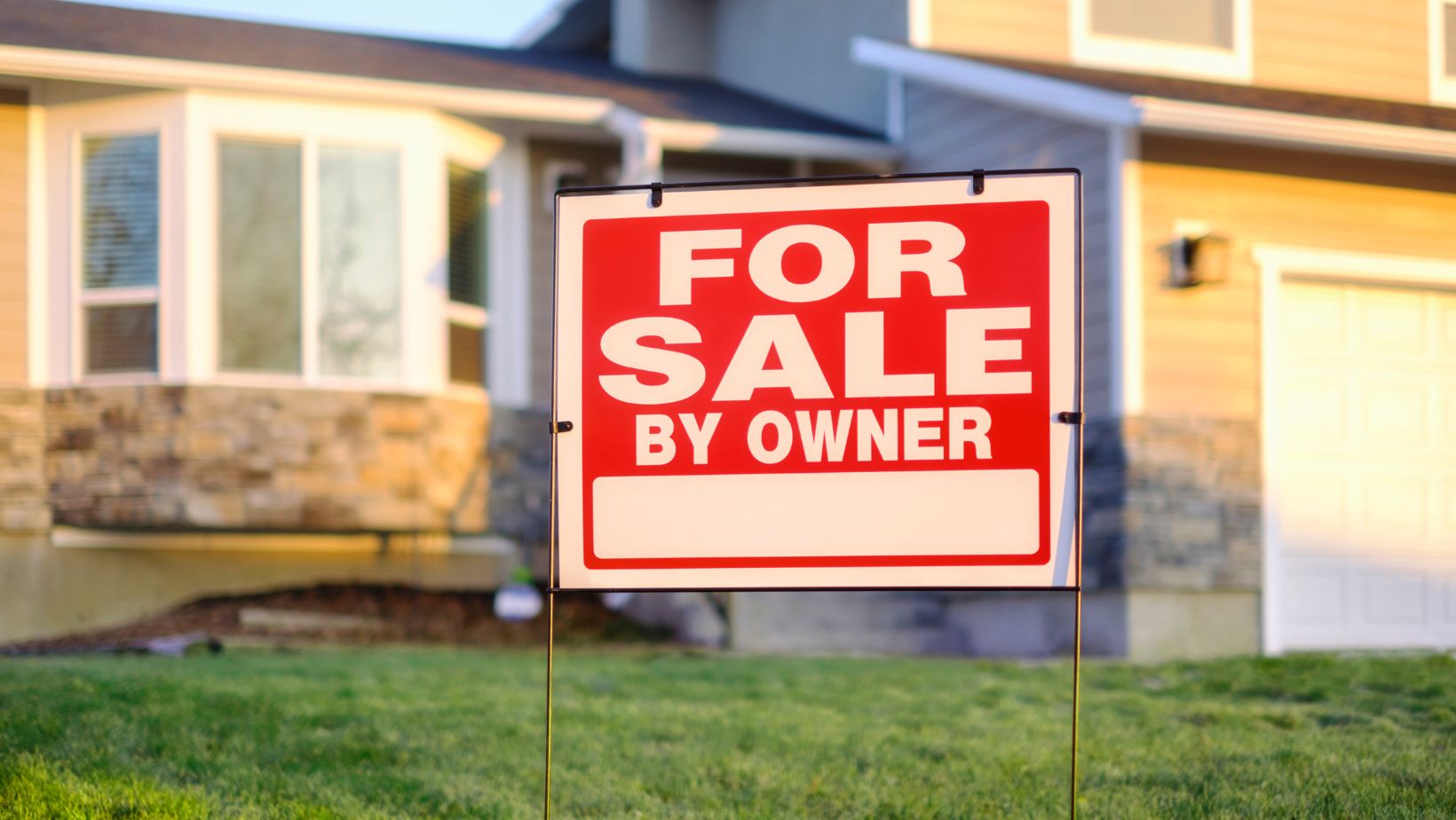
Connecting with homeowners directly is one of the most effective ways to secure new listings. While online marketing and cold calling have their place, a well-crafted letter offers a personal touch that sets agents apart. A thoughtfully written message can spark curiosity, build trust, and encourage homeowners to consider selling.
For real estate professionals looking to expand their network, letters to potential home sellers can be a game-changer. When done right, these messages can turn hesitant property owners into serious sellers. This guide will walk through the essential elements of a letter that prompts homeowners to pick up the phone.
1. The Power of Personalization: Make Homeowners Feel Special
A generic letter won’t grab attention. Homeowners are more likely to engage when they feel the message is meant specifically for them. Using their name instead of a broad greeting like “Dear Homeowner” instantly makes the letter more personal.
Going a step further, referencing their property or neighborhood can make the message even more compelling. A line like “Your home on Oak Street has a charm that buyers are searching for” makes the letter feel intentional rather than mass-produced.
A warm, conversational tone works best. Avoid overly formal or robotic language, as it can feel impersonal. The goal is to establish a friendly, trustworthy connection right from the start.
2. Get to the Point: Explain Why You’re Reaching Out
Once the introduction is engaging, it’s time to be clear about the reason for writing. Homeowners don’t have time for vague messages, so it’s important to be direct while keeping the focus on their potential benefits. A strong, compelling reason for reaching out can make all the difference in whether the homeowner continues reading or dismisses the letter altogether.
Here are a few effective ways to explain why you’re reaching out:
- Highlight local demand: “Many buyers are searching for homes like yours in this neighborhood.”
- Mention recent sales: “A home nearby just sold for a great price, and buyers are still looking.”
- Present a unique opportunity: “I have a client searching for a home like yours and wanted to reach out before they look elsewhere.”
Providing specific information, such as recent sales data or the number of buyers actively looking in the area, can further strengthen the message. The goal is to help homeowners see that their property is in demand, making them more inclined to explore their options.

Shifting the focus to the homeowner rather than the agent increases the likelihood of engagement. When homeowners feel like they stand to benefit, they are more likely to consider selling. Even those who weren’t previously thinking about selling may become curious about their home’s potential value and marketability.
3. Keep It Short and Easy to Read
No homeowner wants to read a long, drawn-out letter. A message that’s concise yet impactful will hold their attention better than one filled with unnecessary details. A well-structured letter should include a brief introduction with a personalized greeting, followed by a clear reason for writing—explaining why their home may be a great fit for buyers. It should also create a sense of urgency without pressure, highlighting why now might be a good time to sell.
Finally, a strong direct call to action should make it easy for the homeowner to get in touch. Breaking up the text into short paragraphs makes it more readable. Using bolded sentences or key phrases can help emphasize important points, ensuring the letter is easy to digest. The clearer and more engaging the message, the better the chances of a response.
4. Create a Sense of Urgency Without Sounding Pushy
Encouraging homeowners to act quickly can be effective, but it’s important not to pressure them. Instead of making bold claims like “You must sell now!” a softer approach works better.
Here’s how to do it naturally:
- Use curiosity-driven language: “You might be surprised by how much your home is worth in today’s market.”
- Reference-limited opportunities: “I’m working with a few buyers looking for homes like yours right now.”
- Subtly hint at timing: “If you’ve ever thought about selling, now could be the perfect moment to explore your options.”
The goal is to plant the idea in their mind while giving them the space to make their own decision. A letter that feels helpful rather than aggressive will always generate better results.
5. End With a Clear, Low-Pressure Call to Action
Even the most well-written message won’t be effective without a clear next step. A simple yet inviting call to action can make all the difference in whether the homeowner responds. A strong closing line should feel natural and low-pressure, making it easy for the recipient to take action.
For instance, phrases such as “If you’re curious about your home’s value, I’d love to provide some insights—no obligation at all.” or “Feel free to call or text me if you’d like to discuss your home’s potential.” keep the conversation open without feeling forceful. Another effective approach is, “If you’re open to exploring options, I’d love to have a quick conversation.”
Additionally, offering multiple ways to get in touch—such as phone, email, or text—ensures that homeowners can respond in a way that feels most comfortable for them. By making the next step simple and accessible, real estate professionals increase their chances of receiving a response.
A Smarter Way to Connect With the Right Homeowners
Finding homeowners who may be open to selling requires a strategic approach. A targeted mailing campaign ensures that letters reach the right audience, increasing the chances of engagement. By using professional mailing solutions, real estate professionals can send personalized, high-quality messages to homeowners in specific areas.
This method not only saves time but also maximizes the impact of each letter, leading to more responses and potential listings. For agents looking to grow their business, direct mail remains a powerful and reliable tool. When combined with a thoughtful approach, it can unlock opportunities that online marketing alone often misses.
Letters to potential home sellers remain one of the most effective ways for real estate professionals to connect with homeowners. Unlike digital ads or impersonal cold calls, a well-written letter feels personal and genuine, making homeowners more likely to respond. By focusing on personalization, keeping the message clear and concise, and using a non-pushy call to action, real estate professionals can significantly increase their response rates.













